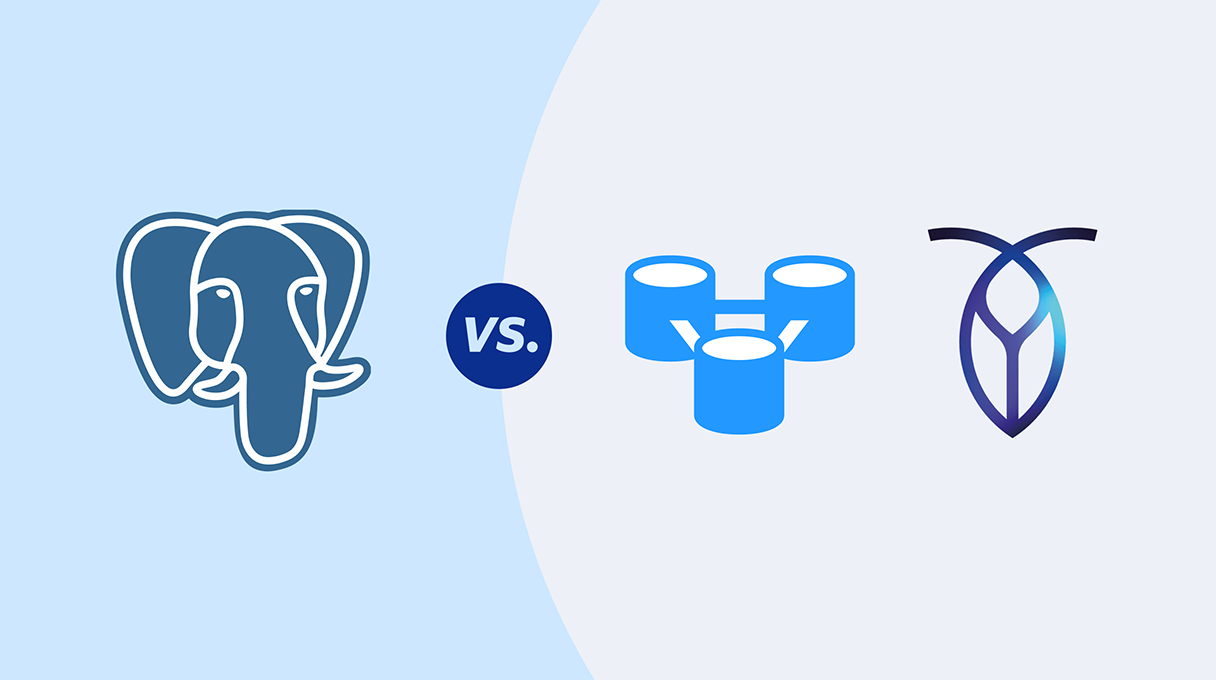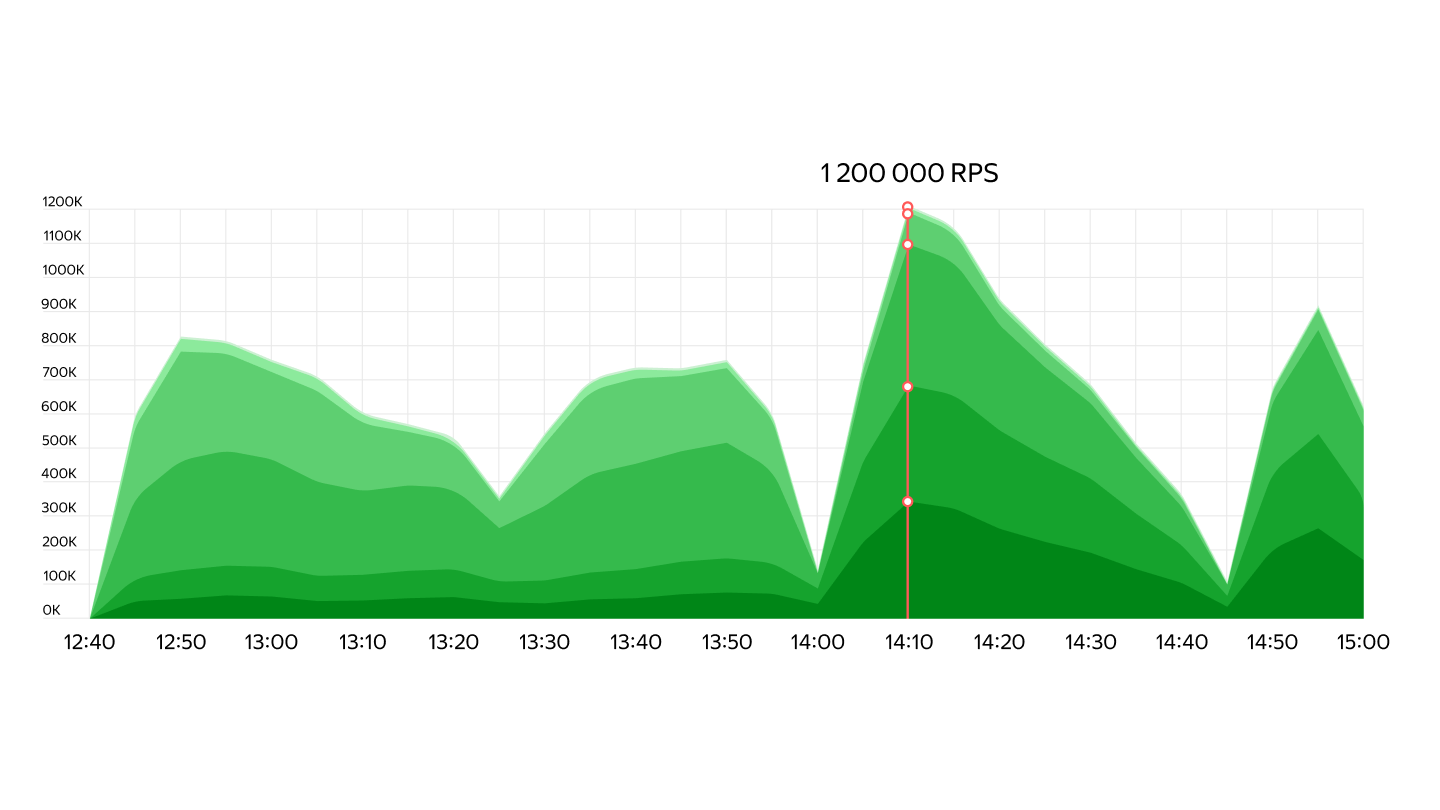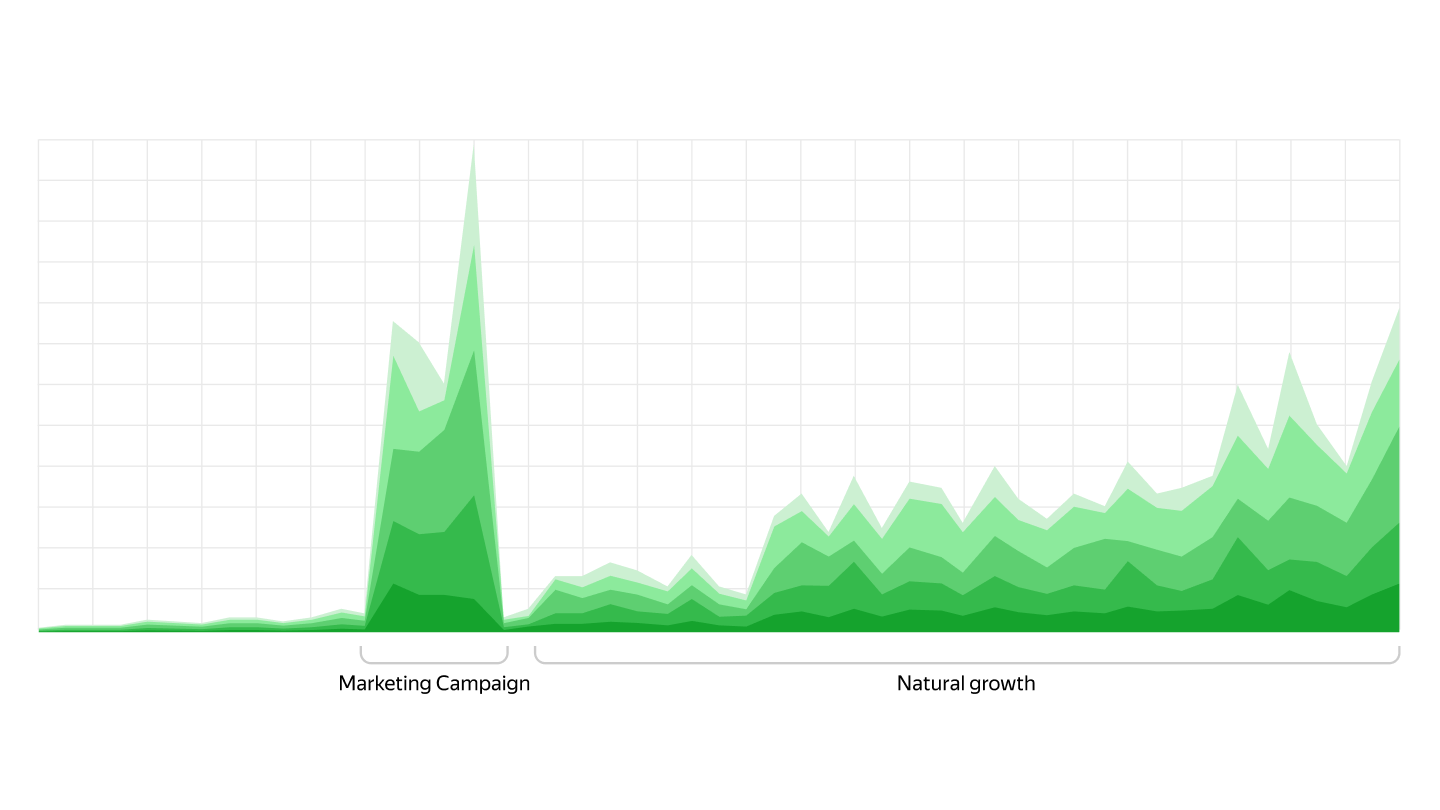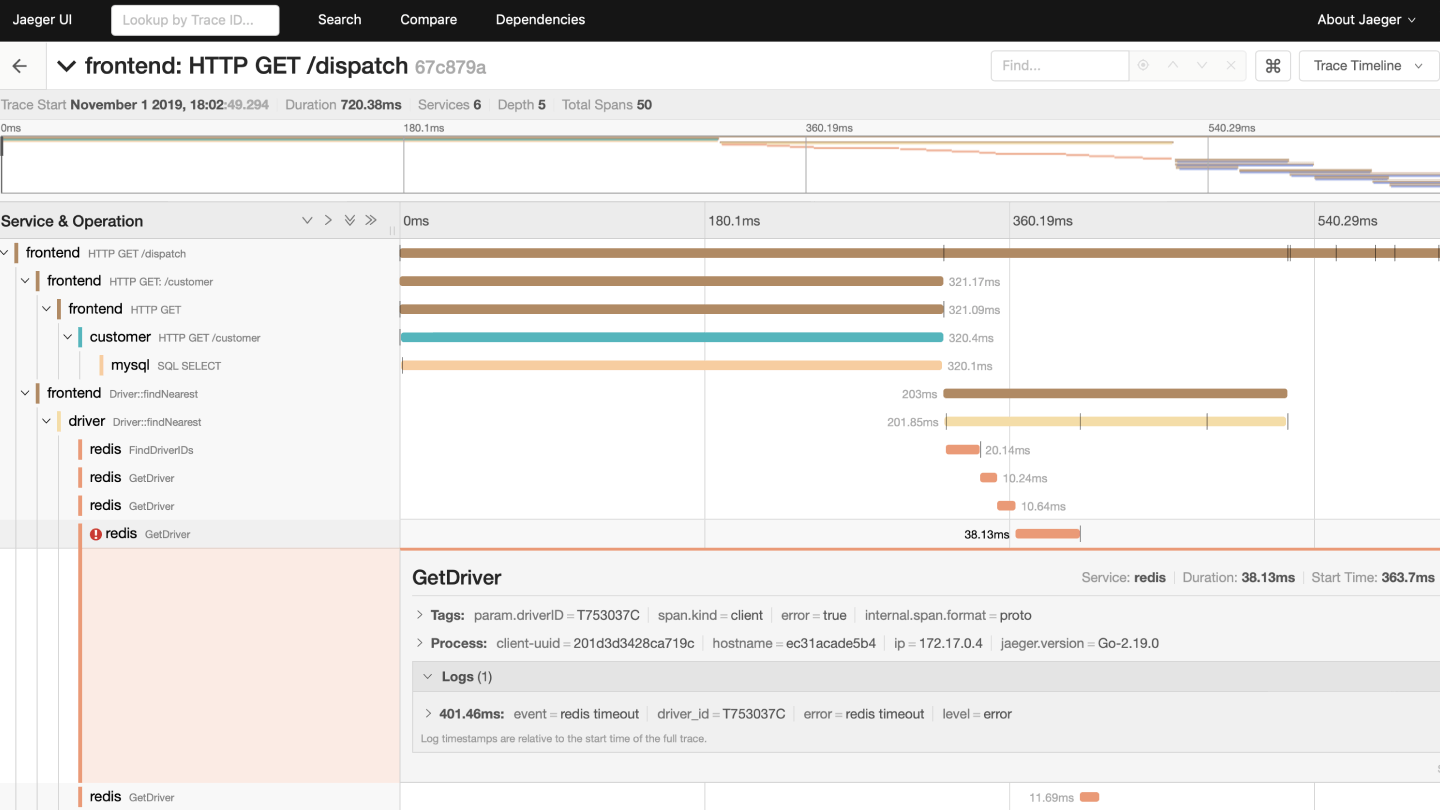Docker
Create a working directory and start the local YDB container from it:
docker run -d --rm --name ydb-local -h localhost \
--platform linux/amd64 \
-p 2135:2135 -p 2136:2136 -p 8765:8765 \
-v $(pwd)/ydb_certs:/ydb_certs -v $(pwd)/ydb_data:/ydb_data \
-e GRPC_TLS_PORT=2135 -e GRPC_PORT=2136 -e MON_PORT=8765 \
ydbplatform/local-ydb:latest
To get further information, proceed to the Quick start documentation section.





